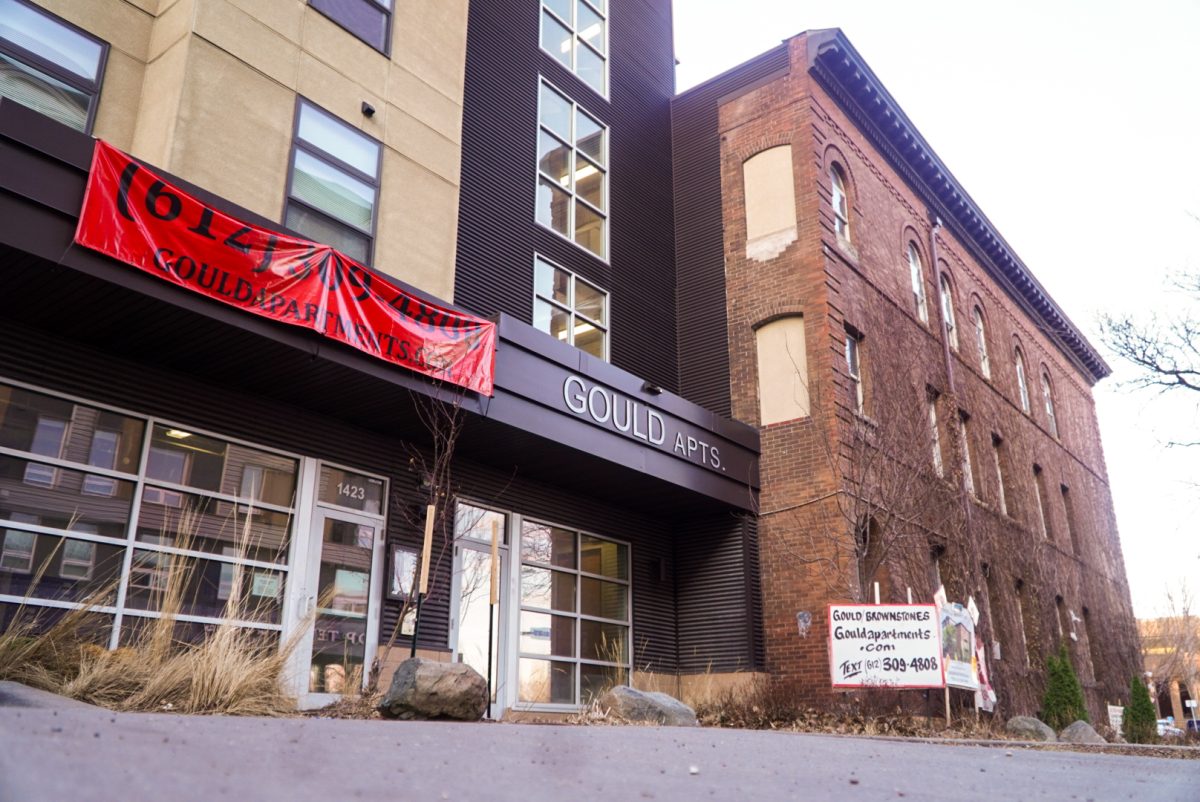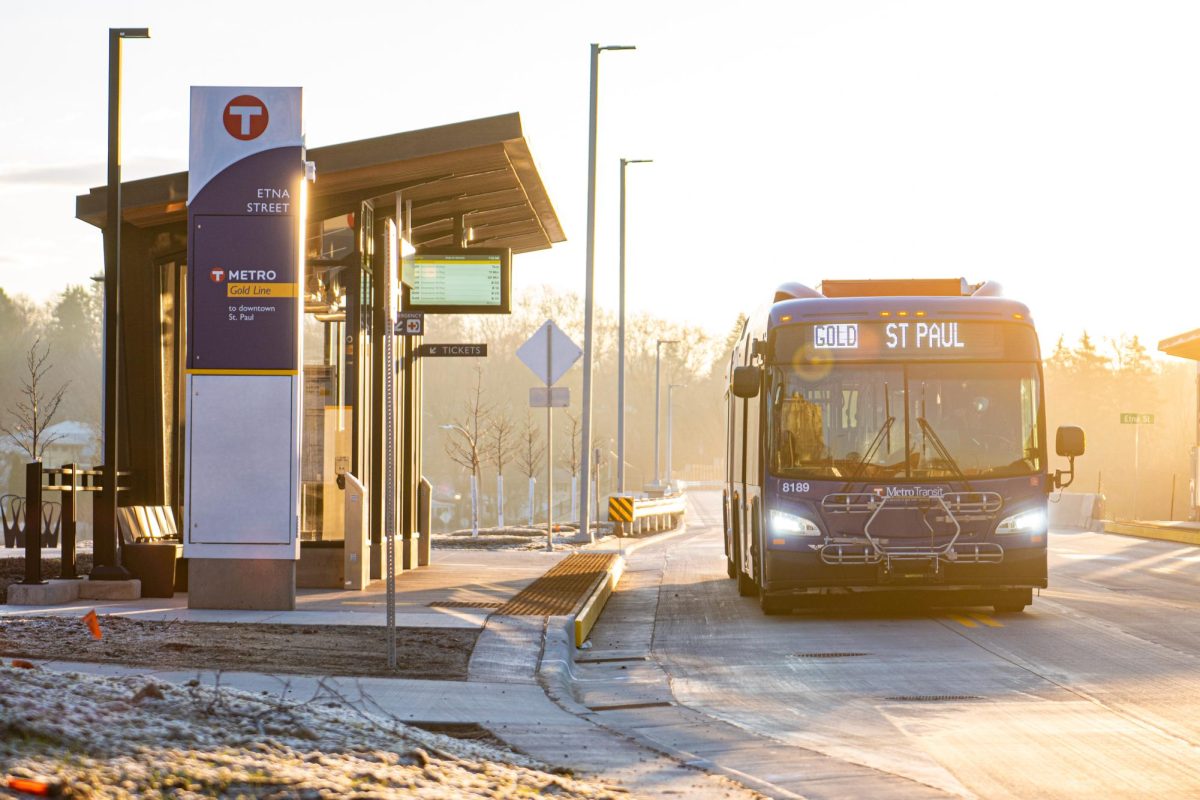A new city of Minneapolis housing program aims to promote middle-sized housing complexes to encourage affordability and equity.
Past zoning codes restricted the construction of middle-sized complexes, specifically those with three to 20 units, in favor single-family homes and large apartment complexes. The Missing Middle Housing Pilot Program stems from research for the 2040 Comprehensive Plan aimed at identifying barriers to middle-sized housing projects in the city. Representatives from the city’s Community Planning and Economic Development department hosted an event May 1 to receive community feedback on the program.
The Minneapolis 2040 Comprehensive Plan, which the city council approved in December, will rezone sections of the city to allow more middle-sized housing on a single lot.
Researchers aimed to answer key questions about middle-sized housing in Minneapolis, said Madel Duenas, a senior city planner who worked on the 2040 study.
“It [was] basically studying, ‘what is [the] missing middle? Where is it? Why isn’t it being built?’” she said.
The study found zoning codes and historical trends are often to blame for the lack of middle-sized housing complexes. While Minneapolis housing in the early 1900s began as a diverse mix of housing types, zoning codes passed in the 1940s allowed only single-family homes in certain areas of the city, said Heather Worthington, the city’s director of long-range planning.
“[In the early 1900s], the market was building a single-family house next to a duplex next to a small scale apartment building — a very natural development pattern. But once we regulated that through zoning, we effectively said, ‘you can’t build that anymore,’” Worthington said.
The zoning code changes that shifted away from middle-sized housing can be traced to redlining, a practice which aimed to exclude African Americans and other people of color from living in certain parts of the city. Traces of redlining can still be seen in the city’s zoning code, Worthington said.
By incentivizing missing middle housing, the city would make building and renting housing units more affordable and equitable for developers and tenants, Duenas said.
The program may also help the city develop affordable housing more cost-effectively, said Robin Garwood, an aide to Ward 2 Minneapolis City Council member Cam Gordon.
“We’ve supported the production of hundreds of units of affordable housing over the years, but a lot of those units are in some pretty big buildings,” Garwood said. “I think this is kind of in response to that, saying, ‘Let’s also focus on these smaller buildings … that may in some cases be actually more affordable to build and where the city’s financing might go a little bit further.’”
Some Minneapolis residents have expressed concerns about changes to neighborhood dynamics and a potential for parking shortages caused by rezoning.
While the program’s goals parallel similar efforts in other large cities, Minneapolis is one of the first to rezone its neighborhoods to promote more diverse housing options, Worthington said.
“Other cities are building this missing middle product — duplex, triplex, fourplex — in areas where they’re already allowed in zoning. But we’re the first major city in the U.S. to allow for these types of products to be built in historically single-family neighborhoods,” she said.
CPED representatives will present the proposed pilot program to the city council later this month. The program will begin accepting program applications in the summer, with the first missing middle construction expected to begin in 2020.







